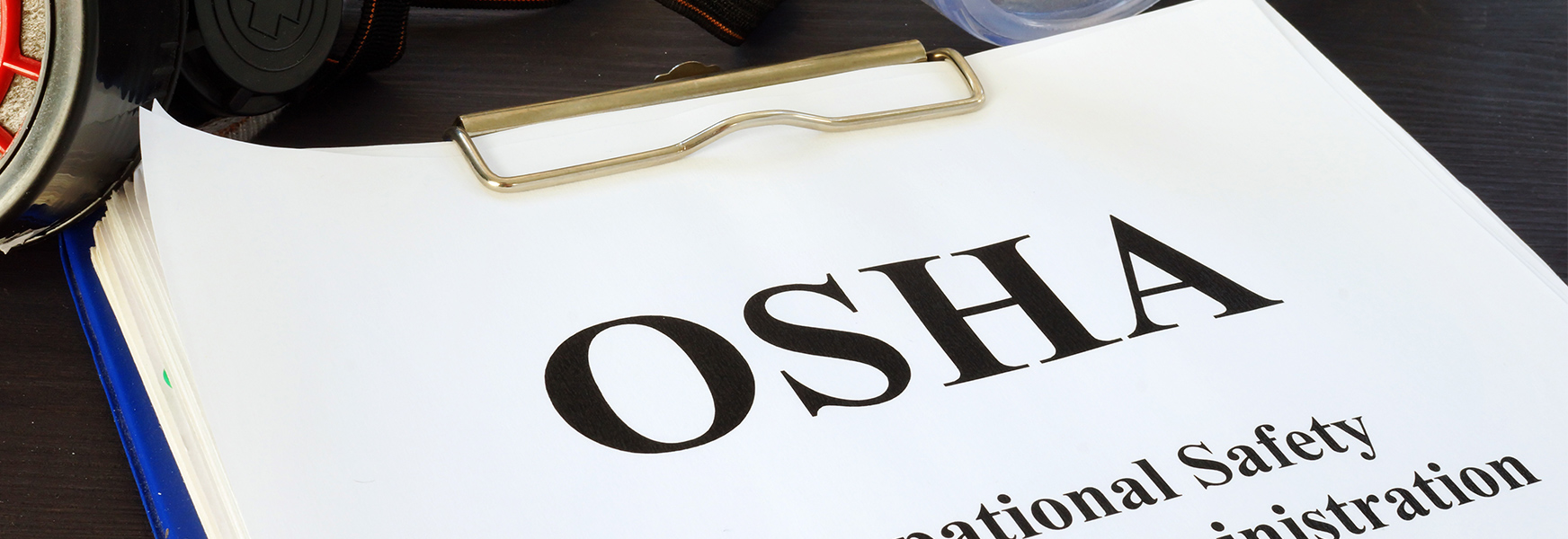The OSHA Reporting Forms - It's That Time of Year Again

The process of understanding and completing OSHA’s work-related injuries and illness forms 300, 300A, and 301 can confuse even the most seasoned safety professional. As this is an annual program it seems appropriate that we repost this edition of the Safety Net that was originally published on January 13, 2021. Applicable dates have been updated for calendar year 2021. MEMIC will also be presenting a webinar on this subject on January 12, 2022. This webinar is free to all MEMIC policyholders but does require registration. Click here to register for this training event.
OSHA’s Form 300 Log of Work-Related injuries and Illnesses is required to be completed by most employers on a yearly basis unless the business is partially exempted by the regulation because of their size or the industry within which they operate. Employers with 10 or fewer employees throughout all of the calendar year do not need to complete the form. Industry exemptions can be viewed by clicking this link to the OSHA website.
This form must list the case number, employee name, and a complete injury description. It also requires the employer to determine what makes this a recordable injury/illness and the actions that may have been taken as a result of it. For instance, if an employee was injured and could not work, the employer would have to describe what body part was injured, mark the “Days Away from Work” circle, and then keep track of the number of days and update the form accordingly. This form must be kept confidential and must not be shared with employees as it may contain personal private information that is protected by HIPPA. At the end of the calendar year, the employer must tally the columns in Step 3, Step 4, and Step 5. This information will then be transferred to OSHA Form 300 A “Summary of Work-Related Injuries and Illnesses.”
Once the 300A summary has been completed an officer of the organization must “certify” that the information is correct to the best of their knowledge. The form must then be posted from February 1st to April 30th of the following year (e.g., the 2020 summary must be posted from February 1st, 2022, to April 30, 2022). The posting must be in a location that is accessible to all employees that work in that establishment.
Establishments with 250 or more employees (who must already complete the 300 and 300A forms) must also electronically file the 300A Form by March 2, 2022 for the calendar year 2021. This form must be submitted to OSHA through the www.osha.gov website through the Injury Tracking Application process.
In addition, there are some establishments that employ between 20 and 249 individuals that must electronically submit their 300A form because of the industries in which they work. These industries include construction, manufacturing, and many transportation related companies. Click this OSHA link for the complete industry list.
OSHA’s Form 301 “injury and Illness Incident Report” or an equivalent, is required to be completed for each injury/illness listed in the 300 Log. This form contains personal information regarding the employee and the incident so must be kept confidential.
The purpose of the form is two-fold. First, once completed, the form will contain the details of the incident including the who, what, when, where, and how. This record of the incident should be completed as soon as possible to prevent important details being forgotten in the future.
The second purpose of this form is to provide OSHA with valuable information and details of the incident that can aid in their investigation if one is necessary because of a fatality or in-patient hospitalization.
OSHA requires that each of these forms be retained for at least five (5) years and frequently requests these forms during workplace inspections. When an authorized government representative asks for the records kept under part 1904, they must be provided copies of the records within four (4) business hours.
For additional assistance in determining proper reporting and recording, OSHA provides fillable PDF forms with instructions on how to properly complete them. Click here for this helpful resource. Keep in mind that the OSHA recording system and the workers’ compensation claim reporting system are separate requirements all-together. A workers’ compensation claim is not necessarily an OSHA recordable injury and generally speaking, workers’ compensation carriers do not have access to work hours or other employer specific information that is required to complete the OSHA recording process.
For additional information on any workplace safety topic please contact MEMIC Loss Control at www.memic.com.

